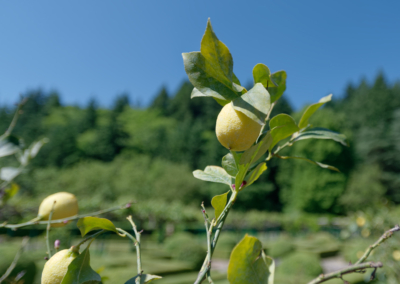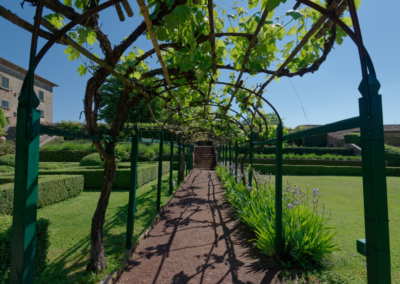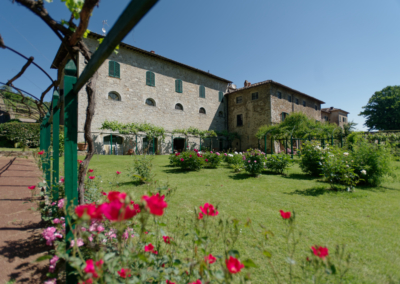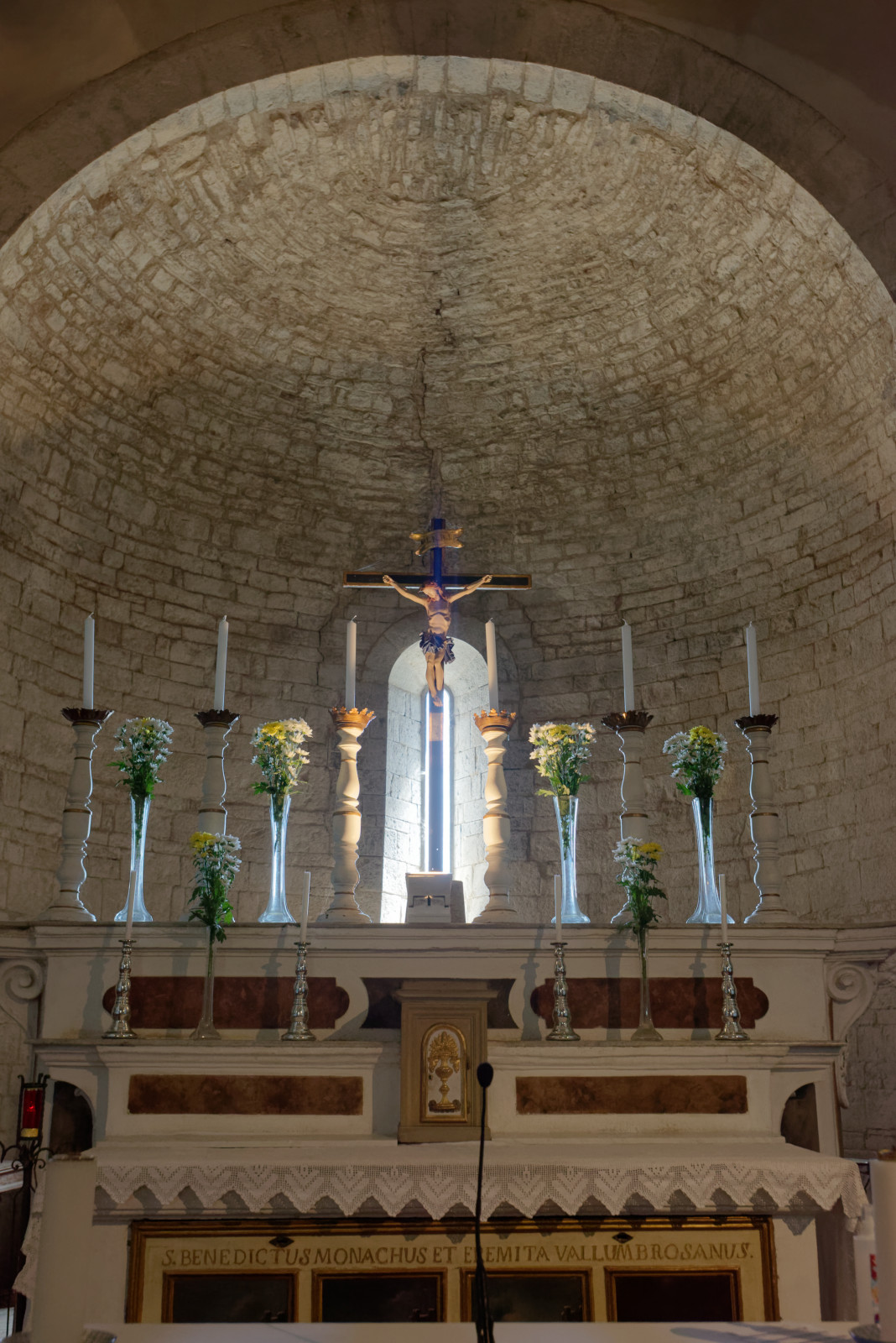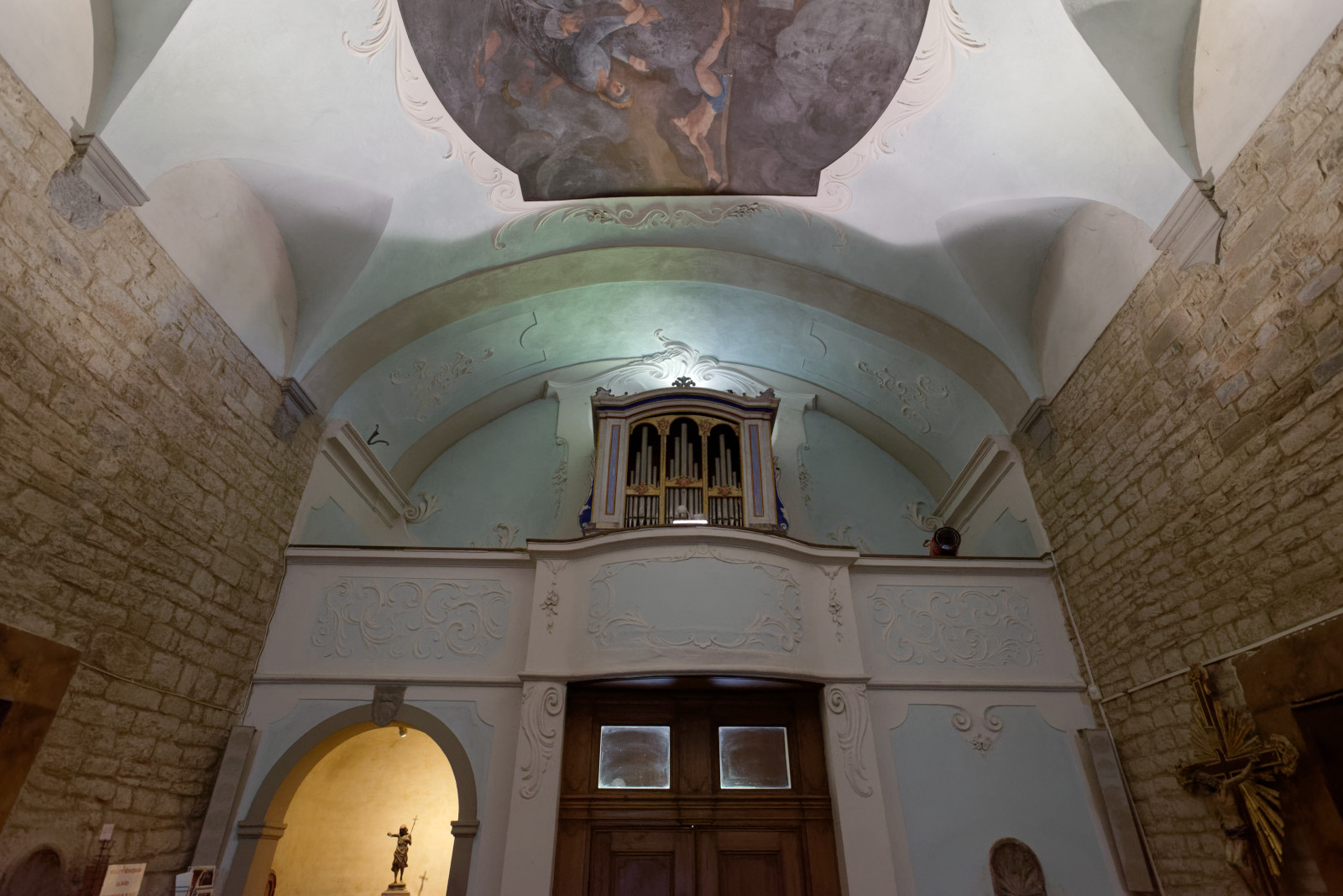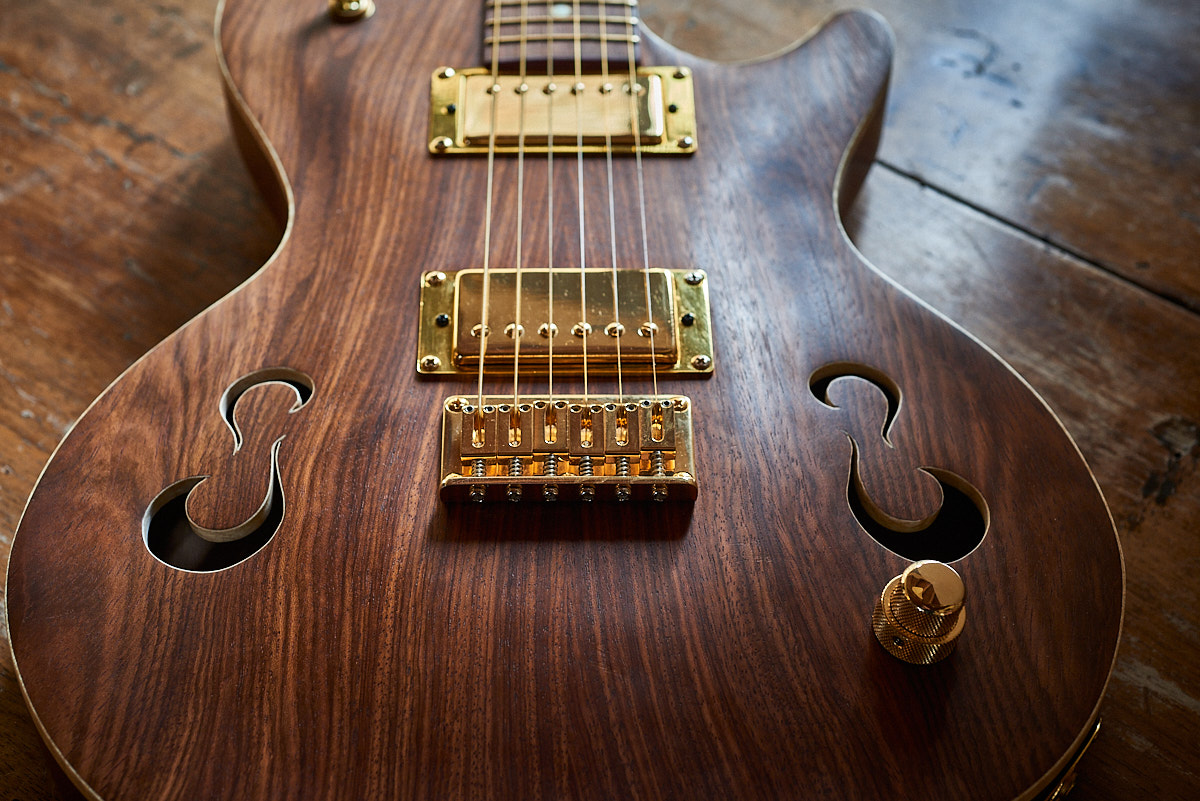BADIA A COLTIBUONO
In the heart of Chianti – spirit, wine, olive oil and stunning gardens
IN tuscan, between Montevarchi and Radda in Chianti rests a jewel of a place where centuries of tradition come together with modern, laid-back flair. The Badia a Coltibuono was fist built and lived in by Valombriosian Benedictine Friars in 1012 (that is not a typo). Today the consecrated church in the Abbey still is an inviting place for visitors and day trippers and venue of several weddings. The property is surrounded by forests and within the walls of the Abbey a rich history.
I toured the abbey with fifth generation family member and guitar builder, Orlando Stucchi Prinetti, who has a great passion for his childhood home, the surrounding fields and the history of the abbey.
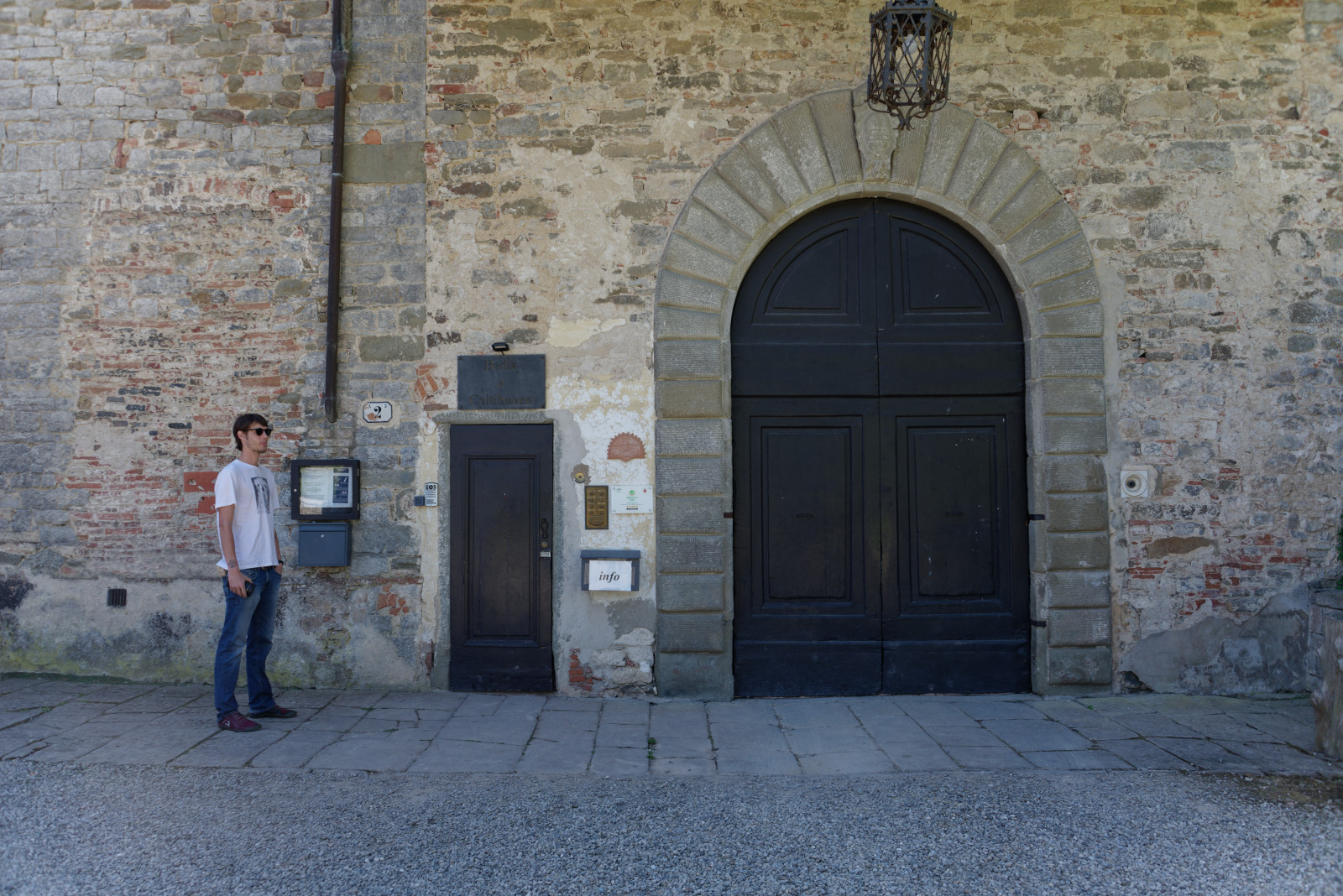
Maybe the best description of this place, compared to its bigger cousin the abbey at Vallombrosa, is cosy and friendly. The proportions of this place seem to mach the landscape exactly and is build more on a human scale. The architecture is fitting to the surrounding landscape. Places like this can have a cold feeling and the architecture in many cases was practical with smaller rooms, making them easier to heat and to manage. This is blended with large and open gathering spaces where the monastics would collect for meals or other duties.
One example of such a grand space is the interior refectory, which was an eating place for the brothers who lived here. Lined with frescos of abbots and saints past these rooms were public spaces, away from the small cells where the monks slept or privately prayed.
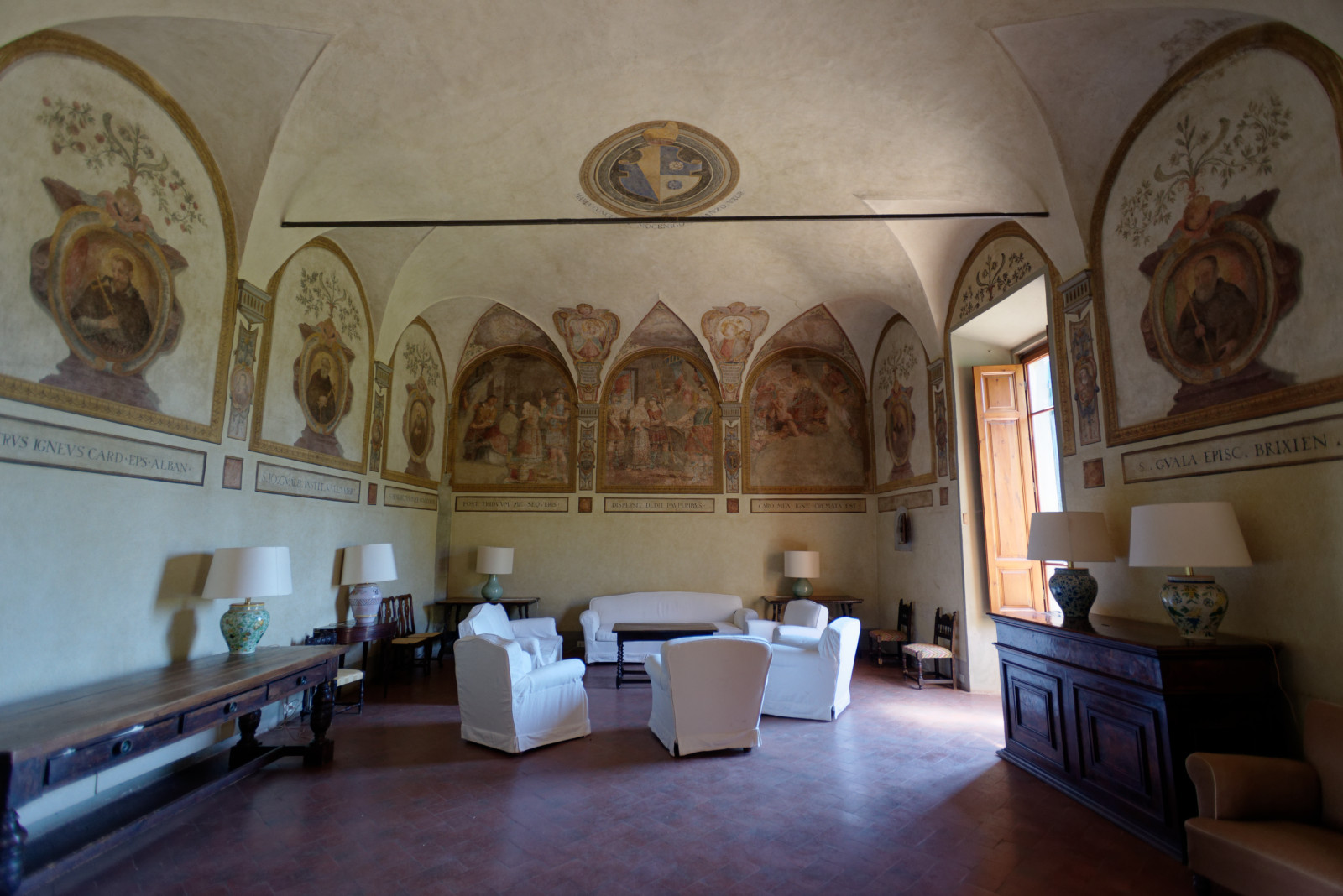
Even for monastics, this place feels a bit like a step up from other similar places. While the humility of the Benedictine rule is still present, one can not help but wonder if this was a more preferred place for “country retreat” or time away in seclusion for prayer and physical and spiritual cleansing. It certainly now carries a polished air.
This is fitting as this is the place where the word “Chianti” to describe the region was first discovered in their volumes of documentation. Now a word synonymous with Italian wine and known worldwide was first written here in the 12th century.
And the Medici family has some connection here as well as the current Matriarch, Lorenza de’ Medici a famous author of several Italian cooking guides and tutor and teacher of well known American chefs as well.
The gardens are a marvel and I will let the photographs explain that part of the story.
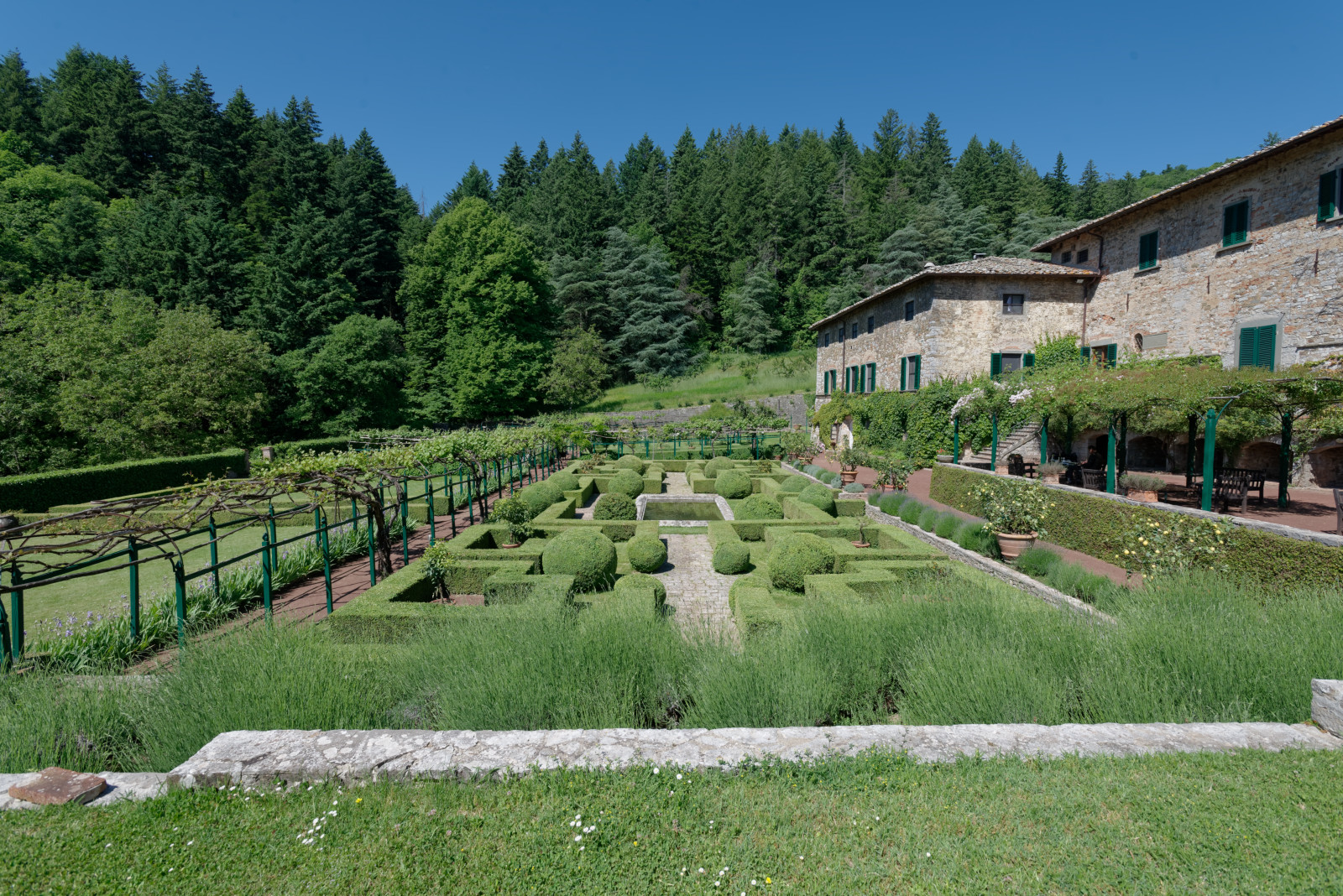
Let’s not forget the Chianti Classico!
Of course the tradition extends to a damp and impressive wine celar which houses all of the wine from the property, ageing in oak casks and maturing for the next vintage. While the casks are impressive one area of the celar houses bottles from the past century, an impressive collection of the estates history, complete with all the dust and decades of rest in the bottle.
Still, let us be reminded that places like this are build around the Christian faith and the churches in which that faith is practiced. The property houses a sweet consecrated church where the pastor still lives in the house next door. The church itself is a humble affair with a restored organ and mostly 17th century artwork.
While this place is steeped in one thousand years of tradition, Orlando found inspiration to become a luthier and build guitars. Perhaps the next generation of Coltibuono will be more famous for the blues riffs and guitar licks, than for fine dining and wine and olive oil tasting. Still, looking at Orlando’s guitars it’s pretty obvious that this place has not only inspired religious agriculture but also a fifth generation guitar maker. We should be keeping a close eye on that as well.

